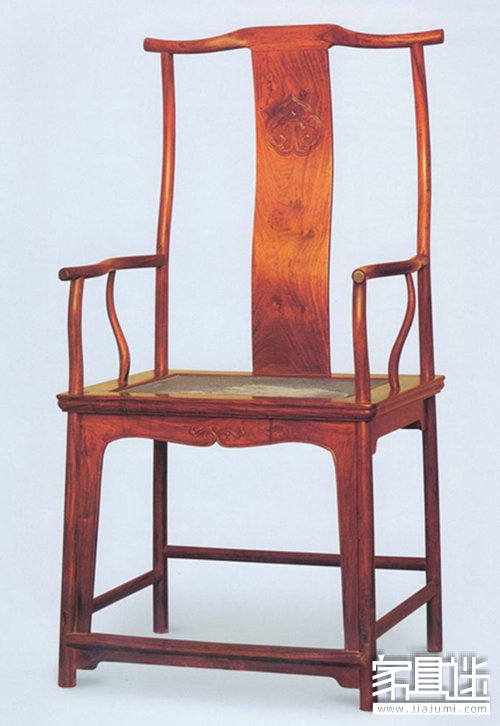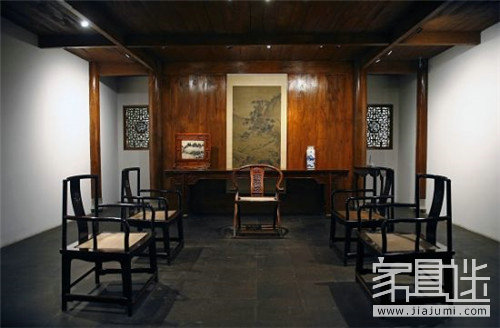The terms "Ming Dynasty Furniture" and "Ming-style Furniture" are often used interchangeably, but they actually refer to different concepts. "Ming Dynasty Furniture" specifically refers to pieces crafted during the Ming Dynasty (1368–1644), encompassing a wide range of styles such as hardwood furniture made from materials like huanghuali and rosewood, traditional lacquered pieces, and even some intricately designed cork furniture. On the other hand, "Ming-style Furniture" is more about an aesthetic and artistic tradition that evolved over time, not just a historical period. It represents a style characterized by elegance, functionality, and refined craftsmanship, which continued to be produced well into the early Qing Dynasty and beyond.

**Beautiful and Practical Furniture in the Ming Dynasty**
Ming Dynasty furniture built upon the styles of the Song and Yuan dynasties, evolving into a more sophisticated and diverse form. It featured various types, including lacquered furniture, which reached its peak in craftsmanship and artistry during this era. Hardwood furniture, particularly using high-quality woods like huanghuali and rosewood, became prominent in the middle to late Ming period. These pieces were not only functional but also artistic, laying the foundation for what we now call "Ming-style furniture." Softwood furniture, made from eucalyptus or nanmu, was also widely produced, known for its delicate workmanship and affordability.
Compared to earlier periods, Ming furniture showed greater variety and a more mature artistic expression. A standard set of six furniture categories emerged: chairs, shelves, cabinets, beds, pedestals, and seat screens. Many of these combinations can be seen in ancient Ming-era illustrations.
In the early Kangxi period of the Qing Dynasty, furniture production still reflected the Ming style. However, by the Yongzheng and Qianlong eras, social and cultural changes led to a shift toward more ornate, Baroque-inspired designs. Despite this, Ming-style craftsmanship remained popular, especially among the common people who continued to create simple yet elegant furniture using local materials like eucalyptus and cedar.

**Ming-style Furniture Craftsmanship and the Literati Influence**
During the Ming Dynasty, the economy flourished, and various crafts reached new heights. The middle of the Ming period to the early Qing marked the golden age of classical Chinese furniture, known as the "Ming-style" era. This style was characterized by the use of premium hardwoods, precise joinery, and balanced proportions. Scholar Yang Yao identified several key features of Ming-style furniture: a generous and harmonious shape, a concise and elegant structure, scientific design, and natural beauty in material choice.
What makes Ming-style furniture unique is not just its craftsmanship but also its deep connection with literati culture. Scholars played a significant role in shaping its aesthetic, blending literary taste with artisanal skill. This fusion created a style that was both practical and poetic.
Geographically, Ming-style furniture originated in Jiangnan, particularly in southern Jiangsu and around Taihu Lake. This region was culturally rich and stable, attracting both scholars and skilled artisans. Gardens, which were central to the literati lifestyle, influenced furniture design, as they were often built to reflect a retreat from official life and a pursuit of nature and tranquility. As a result, Ming-style furniture carried a sense of simplicity, refinement, and spiritual depth.
Many scholars contributed to the development of Ming-style furniture through their writings. For example, Cao Zhao’s *Ge Gu Shi* and Wen Zhenheng’s *Long Objects* provided valuable insights into aesthetics and craftsmanship, helping to preserve and promote this timeless tradition.
Vented Gas Logs
ABLE Vented Gas Logs, made of light ceramic raw materials, light weight but strong not easy to break, hand-painted, natural colors and amazing details & realistic shapes, easy turn redness in the fire, can enhance the fireplace flame, all made of inorganic materials, odorless, fire-resistant temperature >900℃, product can be used for a long time, with reasonable price.
ABLE also have advanced molding technology for ceramic log called cast log, it is lighter, stronger, fuller details, and glowing area is larger in the fire.ABLE can supply many kind of log accessories for fireplace, such as pebbles, coals, charcoals, pine cones, maple leaves, aglow ember, top-grade rock wool, stained vermiculite, small coal chips, barks, balls and hollow ball, ceramic pitted pebble and rough Lava rock that won't burst in outdoor fire pit, Pumpkin lamp, Skull and bone for Halloween Decor fire, fireplace log grate etc.
ABLE factory is located in Yixing City, Jiangsu. It is a well-known production base for fire resistant insulation materials and environmental protection products. Yixing is also a city has developed commerce and convenient transportation. Our company sincerely hopes to cooperate with professional customers, and welcome to visit our factory!
Vented Gas Logs,Unvented Ceramic Gas Logs,Non Vented Gas Logs,Vent Free Fireplace Insert
Yixing Able Ceramic Fibre Products Co., Ltd , https://www.ablegaslogs.com